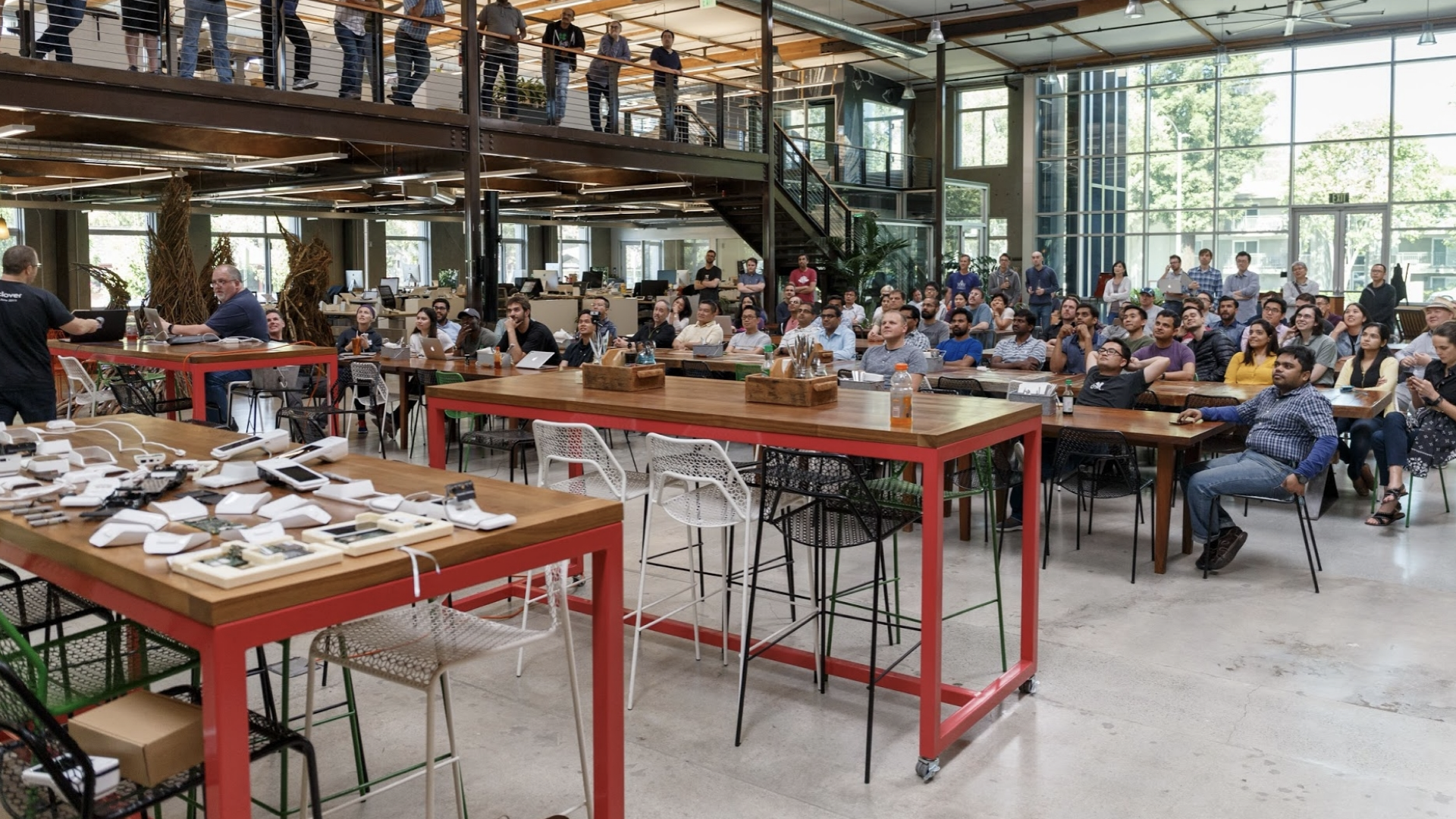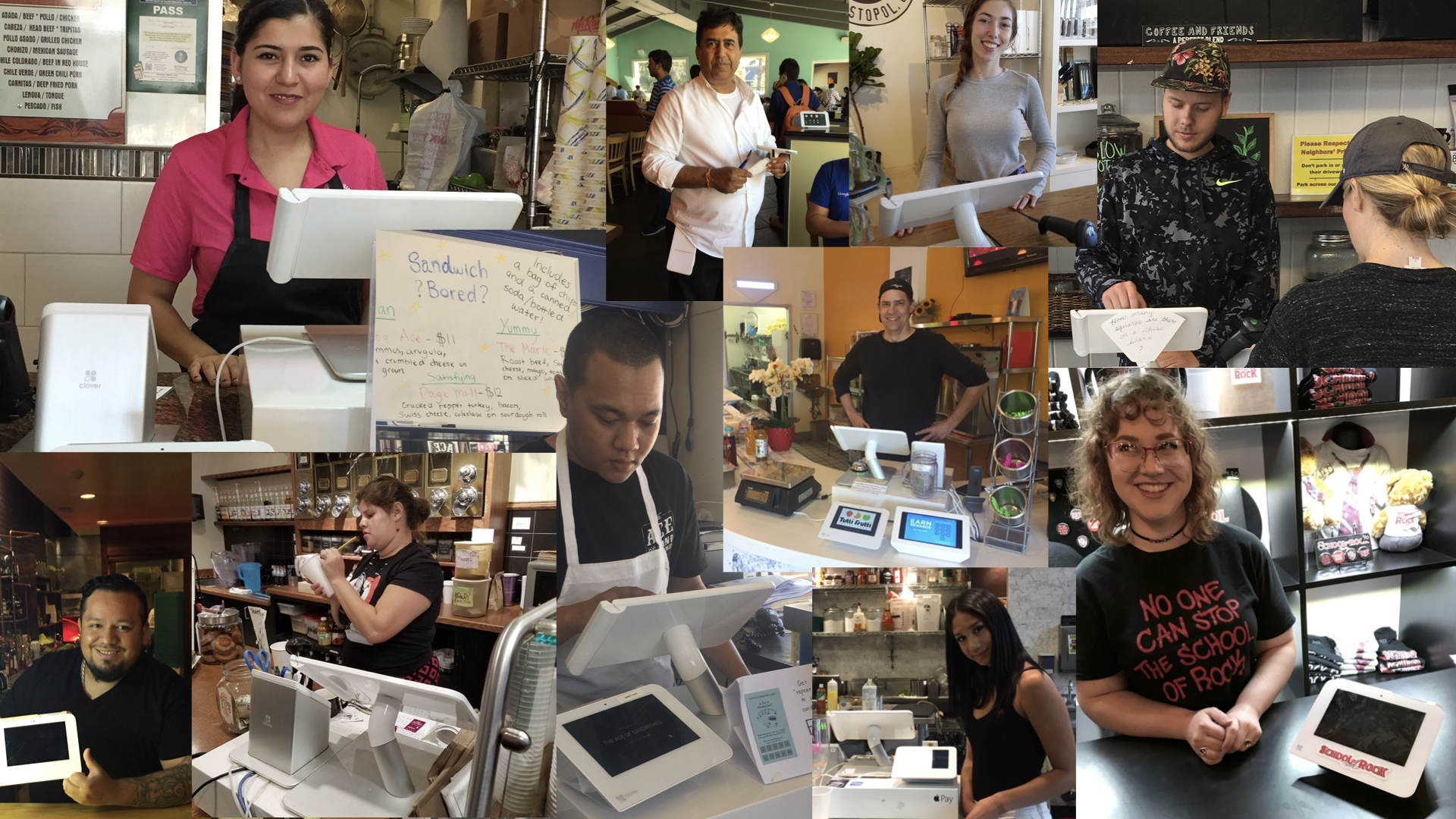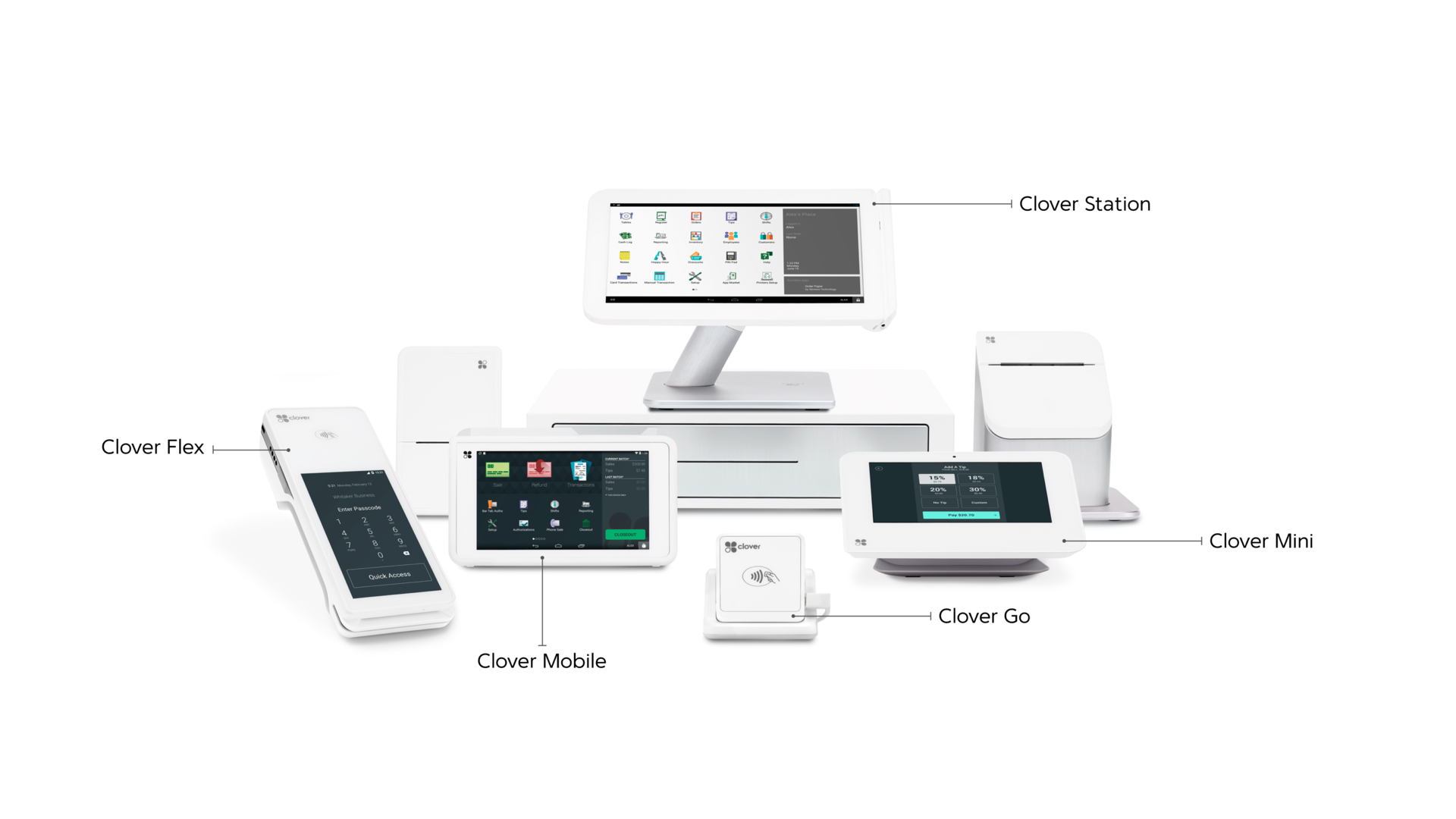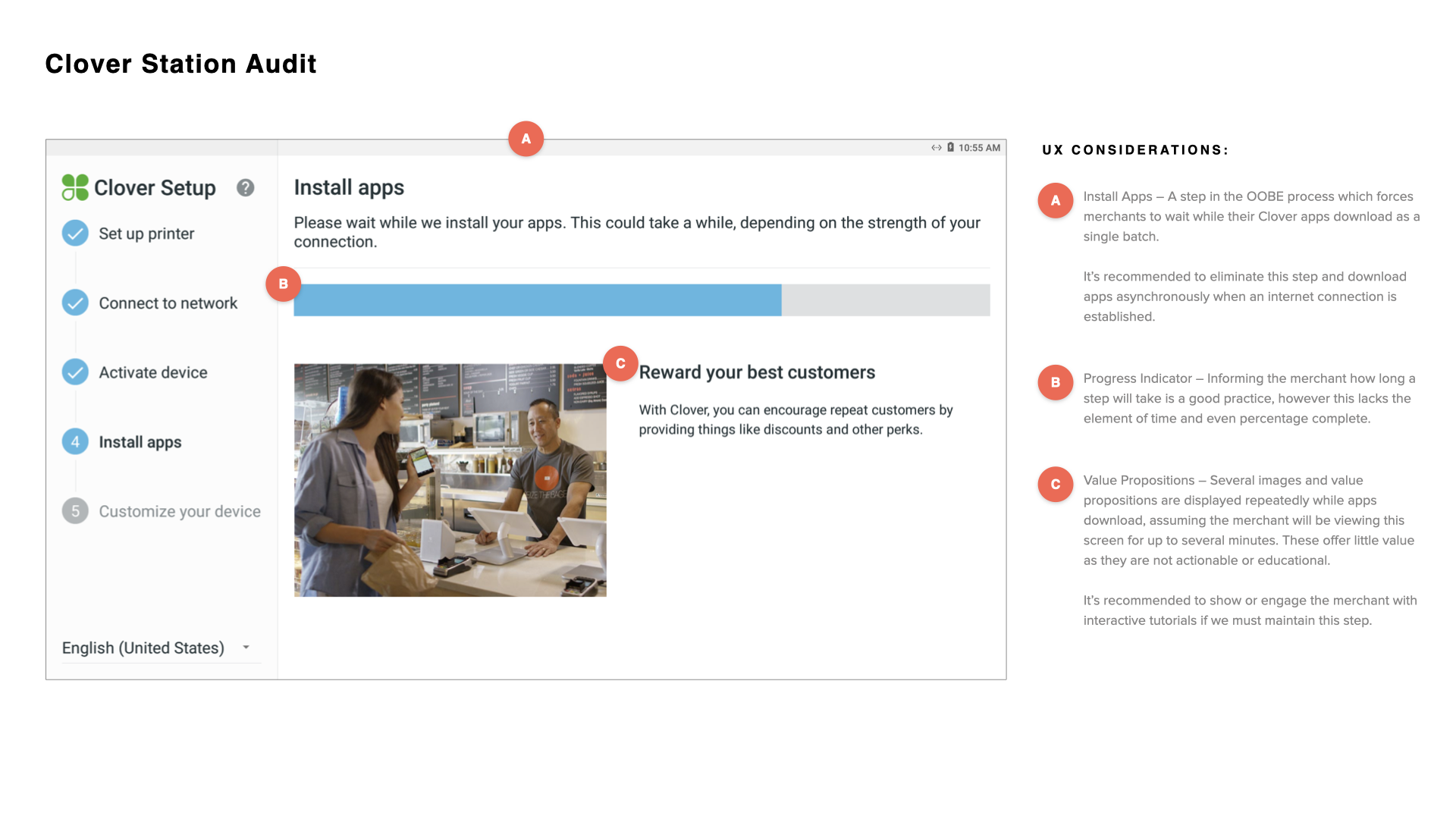Clover
Clover is dedicated to building smart, customized point of sale systems for merchants and their customers. I led the design and release of their first and subsequent versions of CloverGo, a mobile Point of Sale app for iOS and Android. I also led the redesign of the ‘Help Center’—a massive exercise in optimizing Information Architecture, Content Strategy and UX writing. Additionally, I led the redesign of the onboarding experience for new merchants.

This Case Study
While I spent years on and off working on various Clover projects, for the purpose of this case study, I’ll share efforts regarding the redesign of Clover’s onboarding experience for new merchants.
This is Clover, a team of very talented people, primarily based in Sunnyvale, CA, who are dedicated to building solutions for Merchants and their customers. Their primary focus has been on Point of Sale or POS solutions. You can think of them in the same space as Square or Stripe.
Ultimately, Clover is the people who make it mean something.
And this is Clover as well. Just as, or more importantly, these are Clover merchants—folks I had the opportunity to engage with and learn from.
Ultimately, Clover would not exist without merchants and their needs.
These are Clover products. They provide cloud-based point-of-sale (POS) software, along with custom hardware, an app market for merchants and a platform for developers to create those apps.
Context
Historically, Clover had been an engineering led organization. While solid, the design team was quite small and tended to passively receive requirements, craft screens and export UI 😂. The VP of Product and Design along with their Lead Researcher were striving to have a bigger voice in the overall product design process. I partnered with them, along with cross-functional team members, i.e., PMs, Engineering, QA, Business and Product, to define and concept future state products and features.
Objective
Define and concept future state products and features driven by merchant goals and needs while simultaneously elevating the role of design within Clover through better cross-functional collaboration.
Methods
● Contextual Inquiry
● Existing Experience Audits (Heuristic & Task flows)
● Cross-collaborative Workshops
● End-to-End Merchant Journey Maps
● Concept Creation & Validation
● Implementation Planning
“ If you If you don’t know who and why, you cannot answer how and what. “
Equipped with a list of new merchants, we gathered qualitative data by going out into the field, observing, speaking with and striving to better understand pain-points and opportunities.
We observed dozens of merchants unboxing and setting up their Clover devices.
We also prototyped the experience ourselves by placing an order for a Flex and Station devices.
This allowed us to look at a broader picture of the onboarding journey. From touch-points such as emails, which were not user-friendly, mobile-friendly and simply off brand, the Clover web-dashboard, a web portal where you can set up things like inventory, employees, etc. before your device has even arrived, the physical unboxing and installation, along with the actual device setup.
Throughout this journey, patterns of pain points emerged.
After observing and prototyping the experience ourselves, we catalogued areas for improved usability with a heuristic audit.
Throughout our process we utilized task-flow diagrams to align teams around UX flows by visually mapping user interactions, clarifying user paths, and ensuring a shared understanding of the user experience at an abstract level.
So this is why I love this initiative and wanted to share. By leveraging user experience methodologies, design principles and frameworks, we were able to bridge the gaps between cross-functional teams, create alignment, celebrate an expanded definition of design and ultimately inspire new approaches toward defining products and features.






